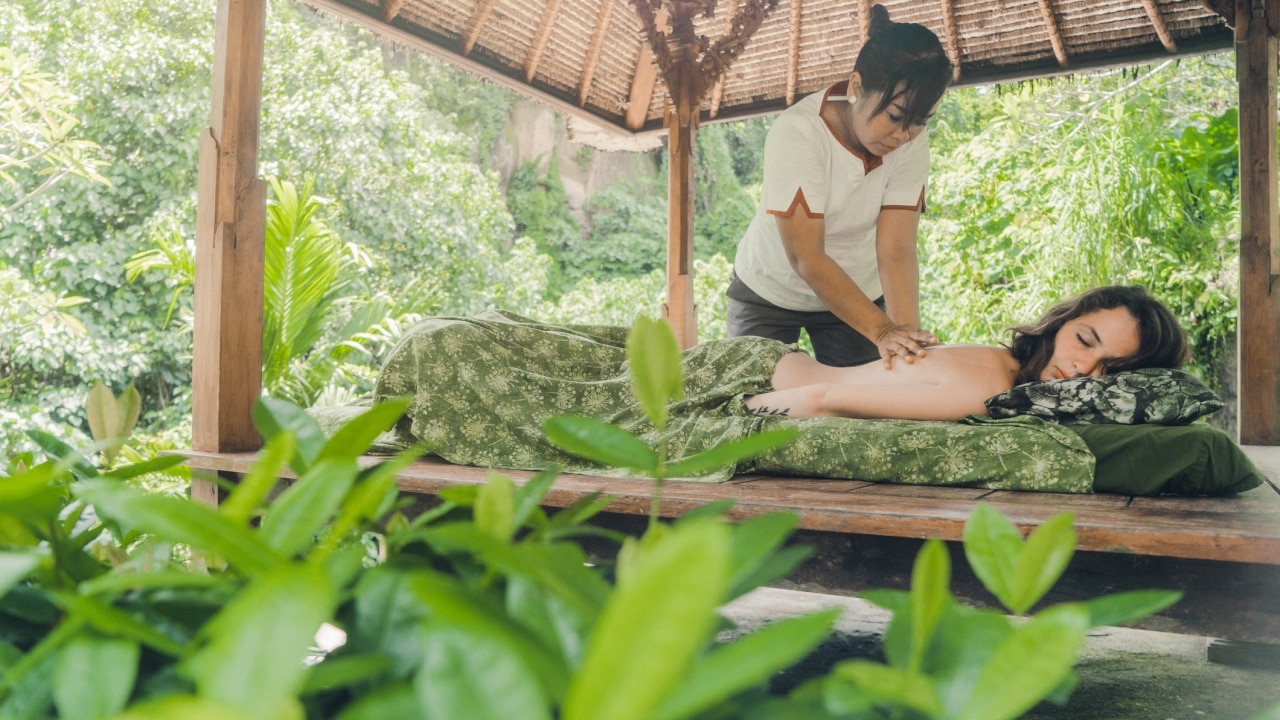Reflexology, an ancient recovery technique that has actually stood the test of time, remains to astound the minds and soles of individuals worldwide. This all natural treatment is based upon the principle that details factors on the hands, ears, and feet represent various body organs and systems within the body. By using stress to these factors, specialists aim to promote recovery, alleviate stress, and restore balance to the body.
The Origins of Reflexology
While the exact beginnings of reflexology are discussed, evidence recommends that comparable practices have actually existed for hundreds of years across various cultures. Old Egyptian burial places portray what seems foot massages, while conventional Chinese medication has actually long recognized the interconnectedness of different body components. The modern method of reflexology, nonetheless, was created in the early 20th century by Dr. William Fitzgerald and later on refined by Eunice Ingham, often described as the “mother of reflexology.”
Just How Reflexology Works
The essential idea behind reflexology is that the body is separated into 10 vertical zones, each corresponding to various organs and body parts. By using stress to specific points within these zones, reflexologists think they can affect the equivalent areas of the body. As an example, the pointers of the toes are believed to match to the head, while the round of the foot is related to the chest and lung location.
Potential Benefits of Reflexology
Proponents of reflexology assert a variety of benefits, including:
Anxiety reduction and relaxation
Improved flow
Enhanced body immune system feature
Pain alleviation, specifically for migraines and headaches
Improved rest quality
Alleviation of digestive problems
While scientific study on reflexology is continuous, several individuals report significant enhancements in their total well-being after getting therapies. It’s crucial to note that reflexology is generally thought about a complementary therapy and must not replace standard healthcare.
What to Expect During a Reflexology Session
A common reflexology session lasts between 30 to 60 minutes. The practitioner will typically start by reviewing your health and wellness background and any current worries. You’ll then be asked to eliminate your socks and footwear and sit comfortably or rest. The reflexologist will begin by examining your feet prior to using pressure to certain points. The stress can vary from gentle to firm, depending upon your choice and the expert’s technique.
Self-Reflexology Techniques
While specialist sessions can be valuable, you can additionally practice some basic reflexology techniques in your home. Here are a few straightforward exercises to try:
Foot rolling: Roll a tennis ball or specialized reflexology sphere under your foot for a couple of mins each day.
Thumb walking: Use your thumb to “stroll” along the soles of your feet, applying pressure as you go.
Hand reflexology: Apply pressure to the facility of your hand using your thumb from the contrary hand.
Integrating Reflexology into Your Wellness Routine
As with any kind of brand-new health and wellness method, it’s important to approach reflexology with an open mind and practical assumptions. While it might not be a cure-all, numerous locate that routine reflexology sessions or self-practice can be a useful enhancement to their overall health routine. Whether you’re looking for tension alleviation, discomfort management, or merely a minute of leisure, reflexology supplies a special approach to supporting your mind and body.
JKリフレ in mind, if you have any health concerns or are pregnant, it’s constantly best to speak with your healthcare supplier before beginning any type of brand-new therapy, including reflexology. With its mild approach and potential for promoting total well-being, reflexology remains to be a preferred option for those seeking a natural, all natural technique to health and wellness and health.
While the specific beginnings of reflexology are questioned, evidence suggests that comparable practices have existed for thousands of years across various societies. The modern technique of reflexology, however, was developed in the early 20th century by Dr. William Fitzgerald and later on refined by Eunice Ingham, often referred to as the “mother of reflexology.”
The basic concept behind reflexology is that the body is separated into ten vertical areas, each corresponding to various organs and body parts. As with any new health practice, it’s essential to approach reflexology with an open mind and practical assumptions. Whether you’re seeking stress alleviation, pain monitoring, or just a minute of relaxation, reflexology provides an unique method to supporting your body and mind.

